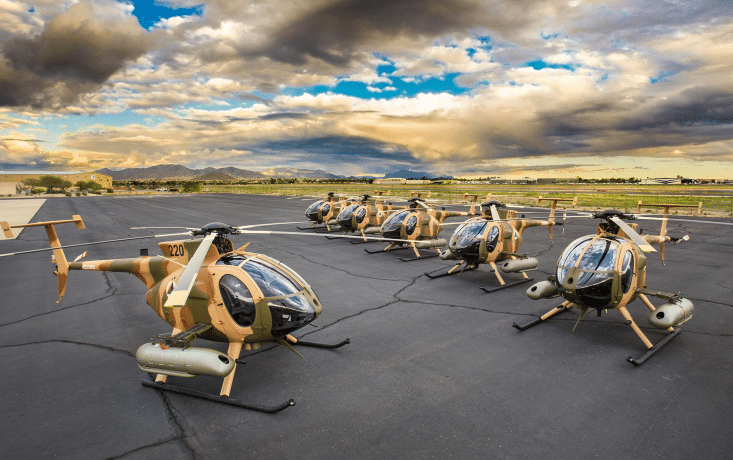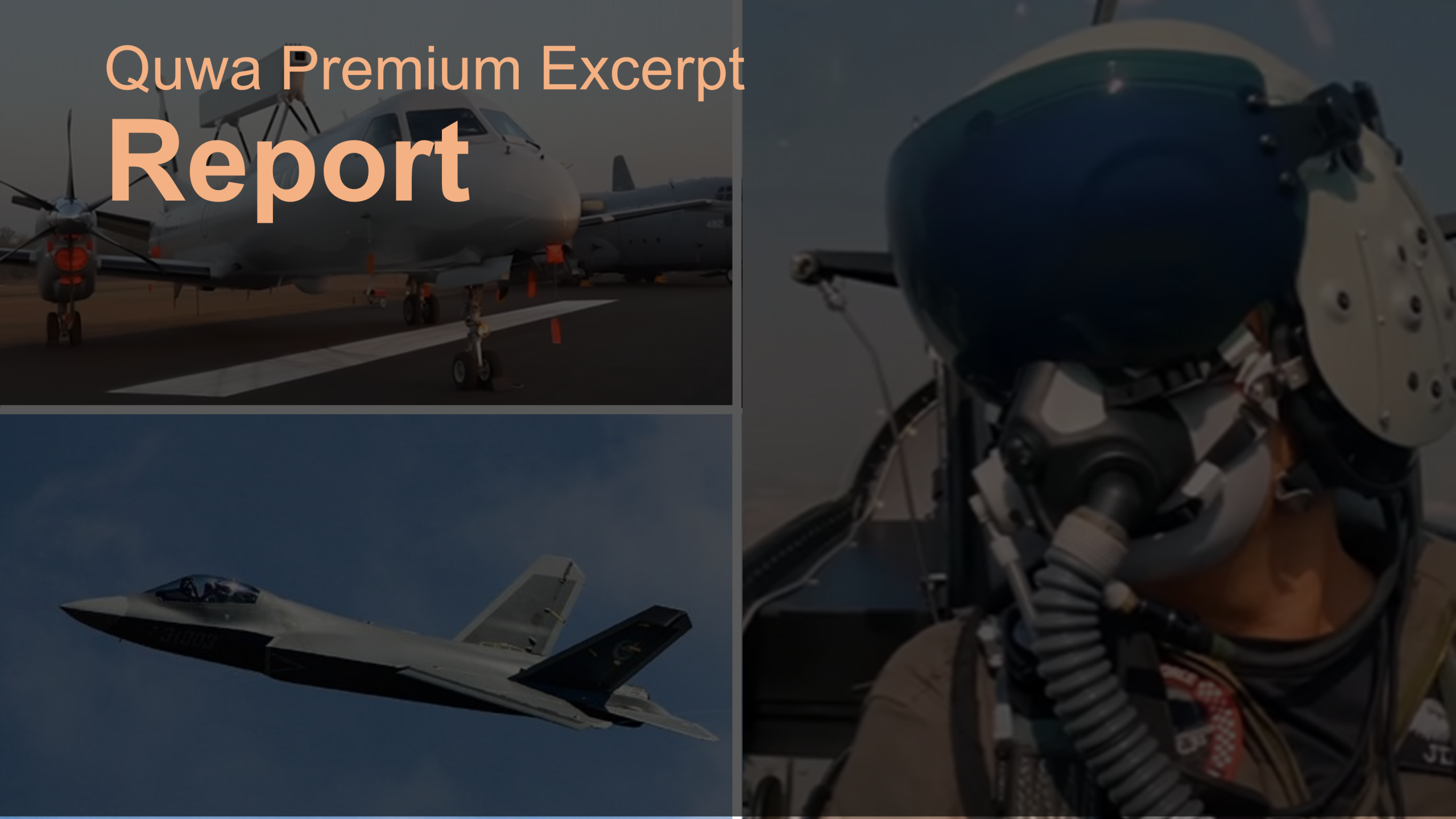The U.S. Department of Defense (DoD) has issued a $1.38 billion U.S. contract to MD Helicopters for 150 MD-530F Cayuse Warrior lightweight scout helicopters for the Afghan Air Force (AAF) and other Foreign Military Sales (FMS) customers.
In addition to the helicopters, the contract also includes “program management, delivery support, pilot training and maintenance” with a program completion date of August 31, 2022.
The MD-530F is a single-engine (Rolls-Royce 250-C30 with 650 shp) helicopter with a maximum take-off weight (MTOW) of 1,496 kg. It has a useful load of 979 kg, maximum cruise speed of 203 km/h, range of 435 km and flight ceiling of 16,000 ft (MD Helicopters).
Afghanistan already operates the MD-530F as an armed scout. Its armament options include the M260 2.75″ Rocket Pod, FNH HMP400 gun pod with the M3P heavy machine gun, and M184 machine gun. MD Helicopters stated the AAF will receive 30 MD-530F.
Addendum: IHS Jane’s was told by the U.S Army that the purchase is for Afghanistan and other FMS customers that have ordered the MD-530F.
Notes & Comments:
The MD-530F transfer is part of a wider Pentagon initiative to revamp the AAF with U.S.-origin aircraft for counterinsurgency (COIN) and counter-terrorism (CT) operations, such as troop transport, logistics, close air support (CAS) and precision-guided strikes.
Gen. Phillip A. Stewart, the commander of TAAC-Air [Train, Advise, Assist Command-Air] told the Afghan news outlet TOLO News that the AAF will receive $7 billion in support over the next four years.
In November 2016, the DoD had announced that it will supplant the AAF’s legacy Russian Mi-17 transport helicopters with Lockheed Martin/Sikorsky UH-60A Black Hawk utility helicopters. The UH-60As were to be drawn from surplus U.S. Army stocks and then refurbished and upgraded.
Specific changes have not been disclosed, but analysts expect the helicopters (designated UH-60A+) to use the General Electric (GE) T-700-GE-701C turboshaft engine, which powers the UH-60M (The Drive). The first batch of three UH-60A+ were being prepared for delivery in August (IHS Jane’s), the AAF is slated to receive 53 Black Hawk helicopters.
The AAF also operates 12 (of an eventual 20) Sierra Nevada A-29 Super Tucano CAS aircraft. Deliveries of the A-29 began in January 2016, with combat operations commencing in April of that year. Last July, the AAF requested to assume full responsibility for flight line maintenance for the A-29.
Despite the scale and focused vision of the Afghan armament effort, the U.S.-led program has drawn some criticism for various quarters, mainly for not arming the AAF in accordance with its realities.
For example, the MD-530F – when it was inducted in 2015 – itself was criticized by then AAF Col. Qalandar Shah Qalandari for being underpowered, ill-protected and under-armed for its intended role in the AAF, which was basically that of an attack helicopter. However, younger AAF officers appear to be content with the MD-530F (New York Times). The U.S. has tried equipping the AAF with affordable hardware that can readily be inducted, maintained and produce relatively strong operational gains in COIN and CT missions.
While the A-29 and MD-530F channels are seemingly progressing, the equipment program had suffered a sharp indictment in 2014 when a decision was made to scrap 16 AAF C-27A transport aircraft (worth $486 million) due to spare parts shortages (Reuters). Thus, platforms with limited market ubiquity and support run the risk of long-term failure in Afghanistan.
While the UH-60A+ is far from that risk (given that it has a significant number of users and a distributed – and growing – supply channel), there are concerns of how well AAF air and maintenance crew will fare maintaining the Black Hawk, which is more sophisticated than the Mi-17. Granted, such personnel can be trained organically from new recruits, but as the A-29 program shows, autonomous operation (without TAAC-Air support) is likely to be an objective for the long-term.




